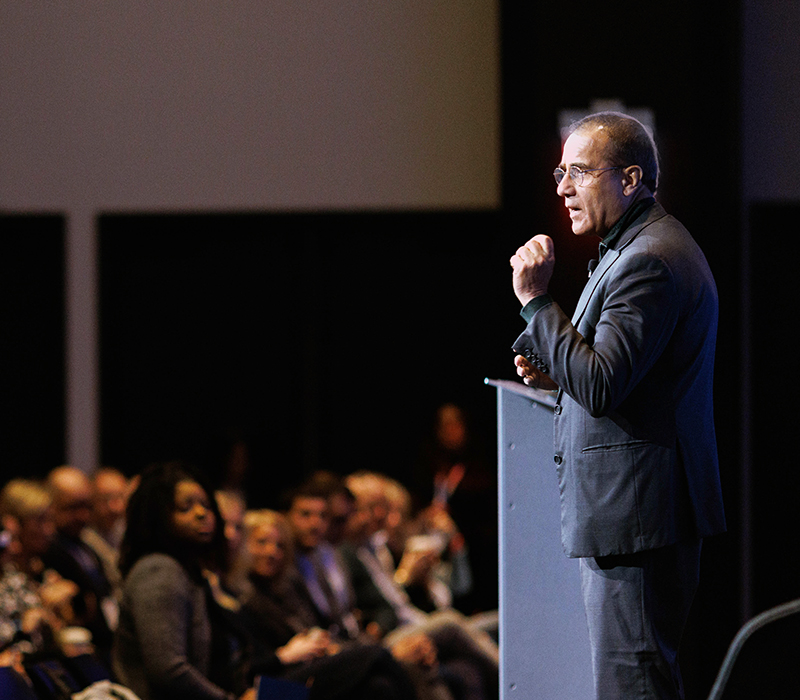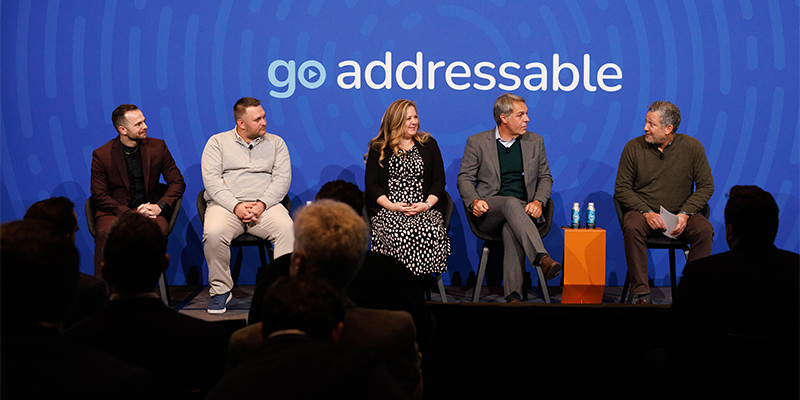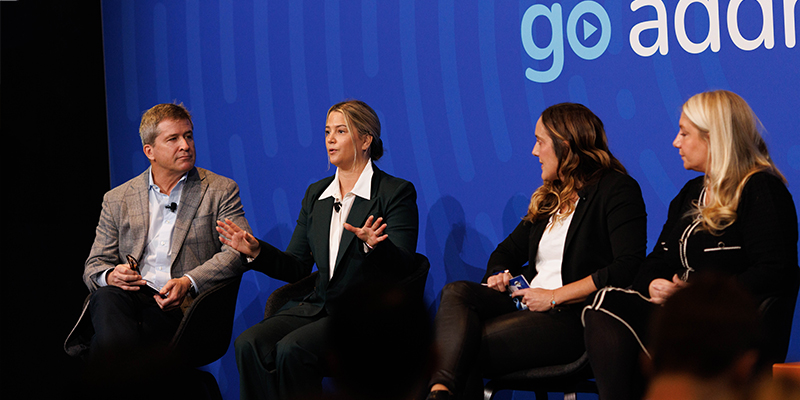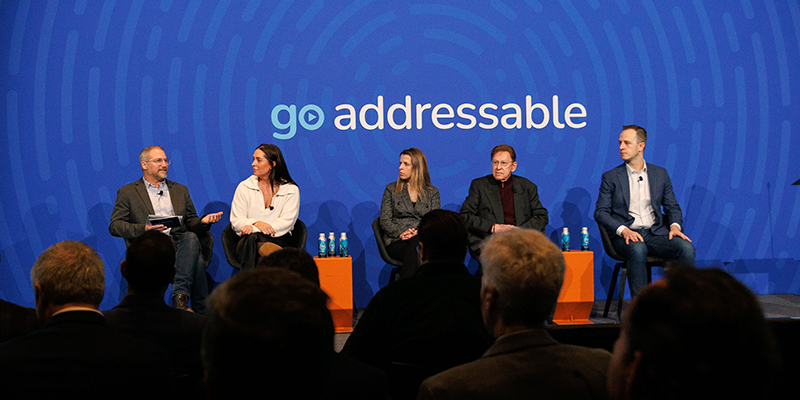
In a post-pandemic efficiency-minded environment, marketers need to determine how to get the most out of each marketing dollar, and advertising is a key part of that equation. Seventy-three percent of marketers say they are being asked to do more with less, and 64% even say they don’t have the budgets to execute their strategies, according to Gartner research reported by the Wall Street Journal.
Enter addressable advertising, or the practice of buying advertising based on a precise audience, not merely the content against which it appears. Addressable advertising is playing a bigger role across the advertising ecosystem, even in upfronts TV deals. Research from Go Addressable indicates that addressable TV influenced 47% of advertisers’ 2023-2024 upfront negotiations. And that figure is only expected to rise this year.
Perhaps the most critical reason for addressable’s surge in the current economic environment is the efficiency it unlocks. Addressable is 20 to 30% more effective at delivering incremental reach than linear, according to research by Go Addressable. What’s more, addressable eCPMs, or those associated with the actual target segment impressions (effective CPMs), are more efficient than linear eCPMs due to the more fine-grained targeting that addressable enables.
In other words, even though addressable might seem more expensive than non-addressable advertising on its face, it’s actually more cost-effective due to the targeted audience it unlocks — and the results it delivers.
Four factors allow addressable to deliver that performance:
1. Accuracy
Data is the key building block for delivering effective campaigns. Addressable uses authenticated deterministic data, or data provided directly by consumers themselves, to drive more accurate match rates. In fact, initial match rates can be as high as 95% when used for audience targeting, compared to only 60% when using IP address alone to match for identity, according to a recent analysis. Creating campaigns built on deterministic data ensures that marketers can target their intended audiences to drive reach, ultimately increasing efficiency.
2. Measurement and Optimization
With better data and match rates comes superior measurement and optimization. Using addressable, marketers can better evaluate whom they’re reaching, and better understand how they are driving outcomes. This allows them to identify the most desirable audiences and optimize campaigns to get the best performance.
3. Media Quality
Reaching audiences in premium, brand safe environments has become increasingly crucial for marketers and can provide more positive viewing experiences. Due to the fact that addressable inventory is rooted high-quality content from MVPDs, marketers can confidently know they are reaching audiences within premium inventory, avoiding fraudulent environments, ensuring their budgets don’t go to waste.
4. Scale
Addressable used to face a scale problem relative to linear or digital video. No longer. Audiences authenticated against MVPD subscriptions or streaming registrations now supply advertisers with millions of impressions to target across TV, set-top box, video on demand, and streaming, all within a single campaign. In fact, last year there was a monthly average of 68 billion minutes enabled for addressable advertising, up 29% from the year prior.
As marketers increasingly feel pressure to drive sales while simultaneously facing shrinking budgets, efficiency has become more important than ever. Addressable advertising offers a solution to this bind, delivering on reach, accuracy, measurement, quality, and scale, all while unlocking the highest value for each advertiser dollar.








